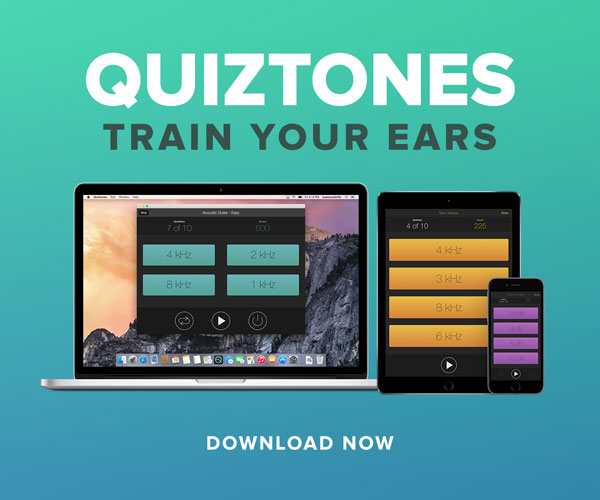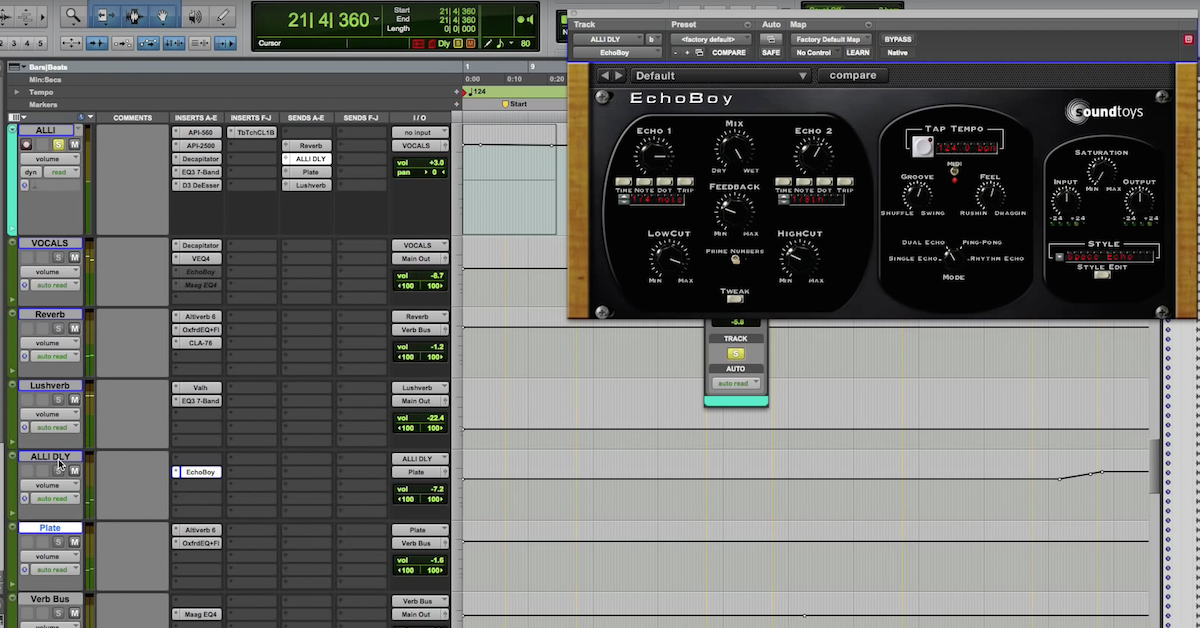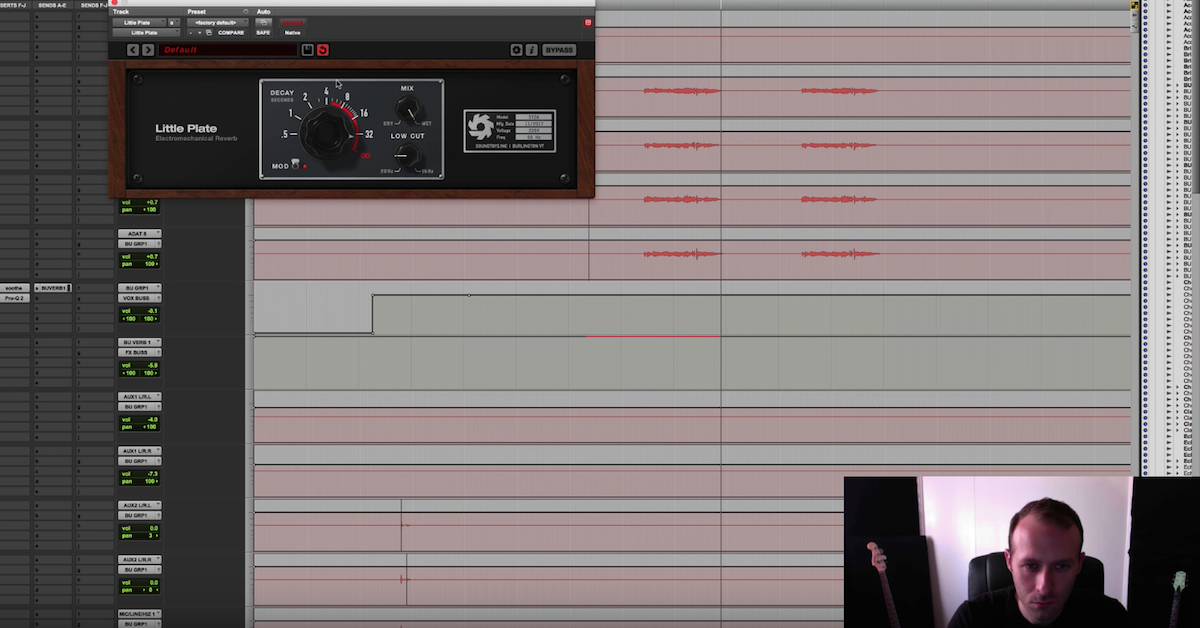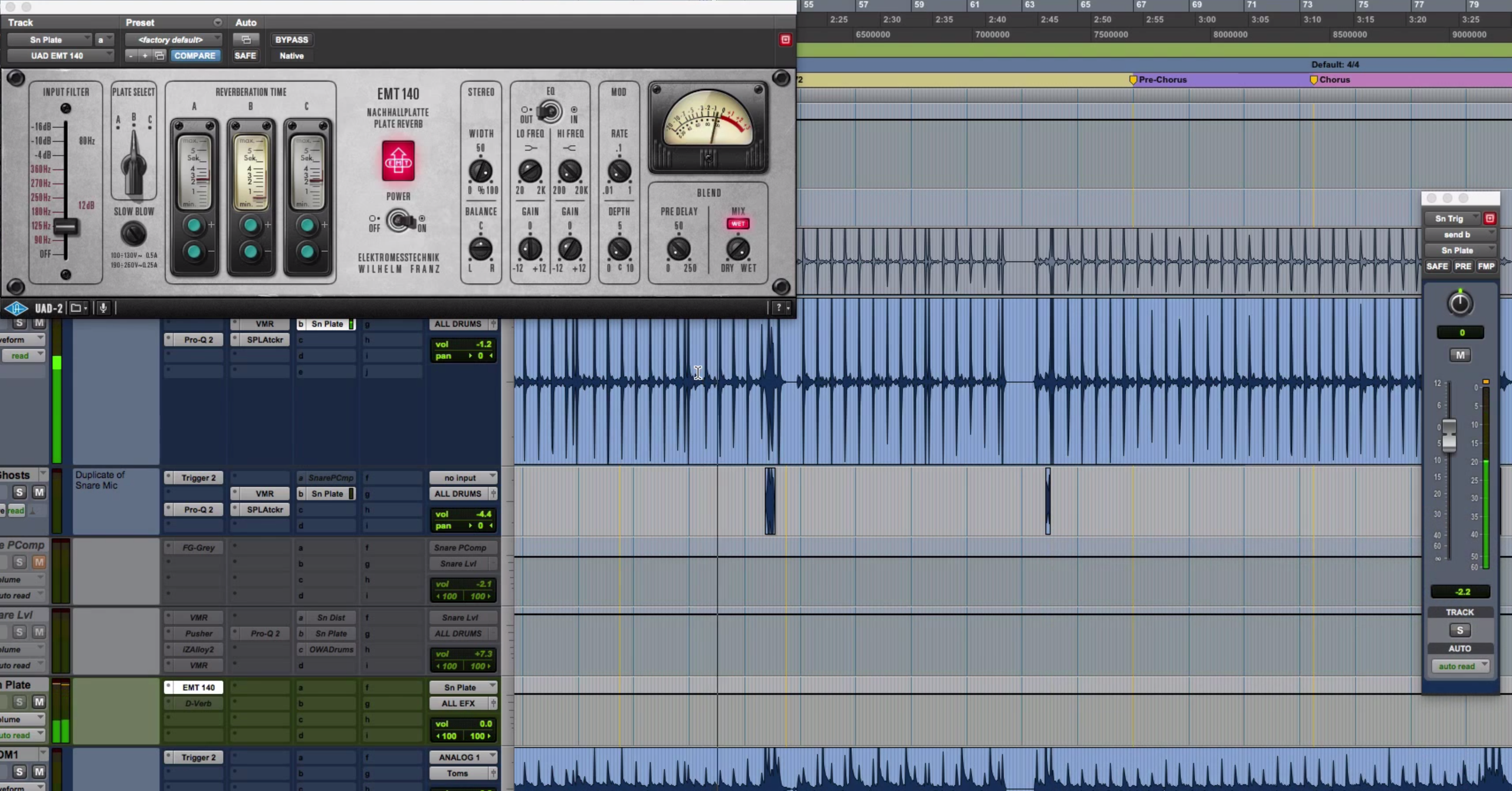4 Ways to Use Plate Reverb (+ Favorite Plugins)
Article Content
My first introduction to plate reverb happened some years ago, when my friend (and Pro Audio Files colleague) Max Foreman asked me if I’d help him move a plate reverb unit out of the basement of a studio where he’d been working. We spent an evening lugging a heavy, clunky box into a moving truck, and I believe he bought me a burrito as thanks. I’m pretty sure I added avocado to mine — and if you ever have to move a plate reverb as a favor, you should request avocado… at a minimum. I never got to hear that reverb in action, but plate reverb is an absolutely essential part of my tool kit as a mix engineer and producer.
In this article, I’m going to take a look at why that is plus some of my favorite ways to use it. But first, a little history:
What is Reverb?
In a general sense, reverb (or reverberation) is a natural phenomenon caused by reflections of a sound arriving at our ears after the original sound does. Rather than the sort of distinct, spaced out echoes you might hear after shouting in a canyon (or coming from a delay effect), reverb occurs when those reflections arrive at our ears so close together that we perceive them as a continuous “tail” that lingers after the original sound has faded.
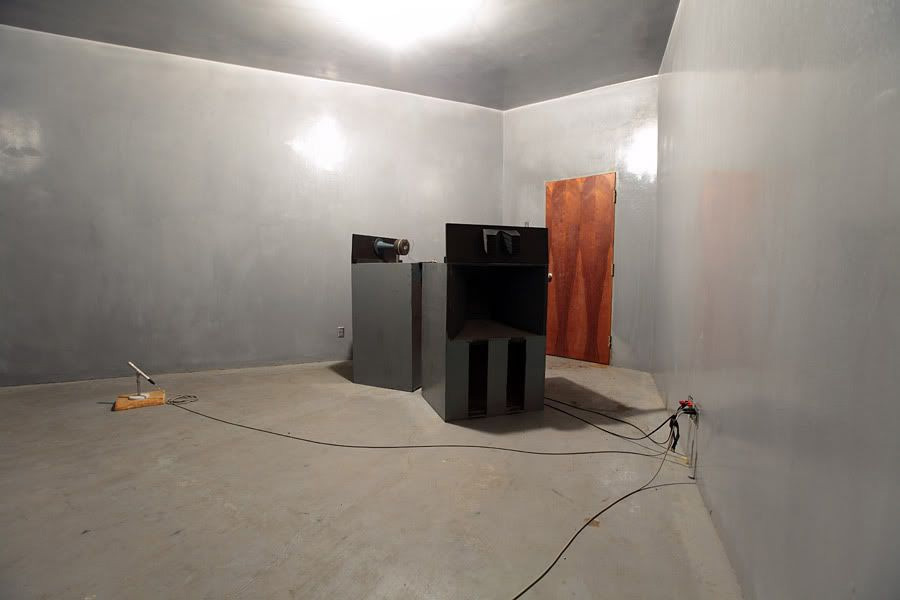
A reverb chamber/midcentury dungeon at Capitol Studios
Though a certain amount of reverberation is inherent in recording sound in general, producers began intentionally using reverb in recordings around the late 1940s. The first real studio use of reverb involved placing speakers and mics in a reverb chamber: a room built with hard surfaces and non-parallel walls so as to produce pleasant sounding reflections.
Of course, not every studio was able to design and dedicate an entire room only for reverb. And though spring reverb (a topic for another article!) was available in electric organs — and later in guitar amps — its particular tone was not the best fit for many instruments and voices.
What is Plate Reverb?
The introduction of plate reverb by the German company EMT in 1957 represented something of a breakthrough for studio reverb. Their EMT 140 made use of a metal plate, suspended in a steel frame, that was able to recreate reverberations similar to those heard in acoustic space. A transducer (similar to a speaker or microphone capsule) was used to create vibrations that would move through the plate. The plate would reverberate, and pickups (similar to those in an electric guitar) would capture that reverberation so it could be recorded. As an added bonus, that reverb could be controlled by the engineer, using a damping plate to lengthen or shorten the decay time.
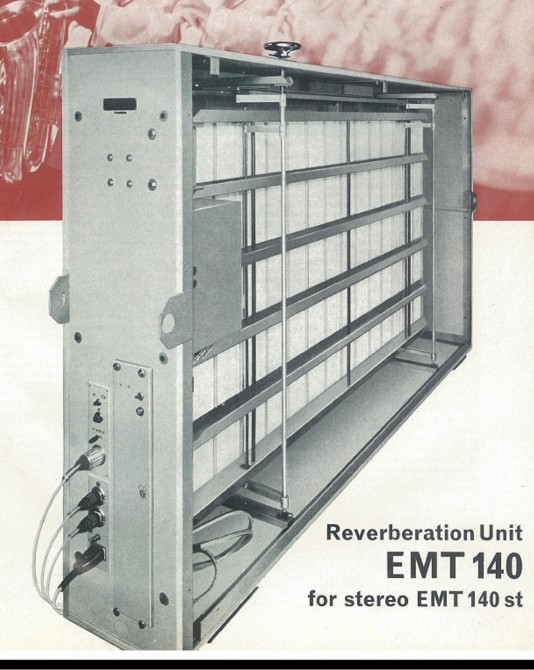
It’s big, it’s heavy, it sounds like BUTTAH
The resulting sound could be described as lush, shimmery, dense and bright. More critically, plate reverbs also sound somewhat “metallic,” for obvious reasons, particularly compared to the more “natural” reverb heard in concert halls and reverb chambers. Still, the tone worked beautifully with a wide range of instruments and voices.
If you’ve listened to music recorded from the late 50s through the 70s, you’ve almost definitely heard plate reverb in action. And though we now have no shortage of options for reverb, both hardware plate reverbs and faithful software emulations are widely used today.
Pros and Cons of Plate Reverb
Though I have still never gotten the chance to work with an actual hardware plate reverb, it’s hard for me to imagine mixing without my favorite plugin versions of plate reverbs (more on those later). Of course, plate reverb isn’t the right tool for every job (nothing ever is), so let’s consider the pros and cons of the plate sound.
On the pro side, plate reverb produces a lush, silky sound that’s hard to get any other way. The tone is inherently bright, in a way that can add brilliance to the sounds being processed. Its inherently long decay times can create a dramatic effect, either soaring or spooky depending on context. It tends to coexist nicely in a mix with other, more natural reverbs, avoiding the uncanny sense that a recording was made in a “hall within a room.”
On the con side, plate reverb really only does long decay times, so it’s not a good choice to put some “subtle space” into a mix. Its dense quality means that it can really muddy things up when overused as well — sending everything in your mix to a single plate reverb buss is a great way to kill depth and definition. And though many would describe its sound as a “timeless classic,” it’s also hard not to hear the plate tone as a distinct product of a period where there were few other options for studio reverb… in other words, dated.
Favorite Uses
1. Lush Vocals
Without a doubt, my personal favorite and most common use of plate reverb is on vocals. I love it on a lead vocal, especially when I’m looking for something to make that vocal track stand out. If everything else in a mix features a more “realistic” reverb, plate on a lead vocal can be like giving that vocal its own spotlight (and a rhinestone outfit to reflect the glow).
I also like plate reverb on backing vocals when I want them to sound like they’re off in the distance, though expect to roll off some high end to get background vocals to sound like they’re really in the background. It’s also not uncommon for me to use plate reverb on its own buss, sending all the vocals in a song there in varying amounts depending on the desired “distance.”
Of course, plate reverb isn’t going to be right for every vocal — it can sound too dramatic, stylized or classic in some contexts. As always, let your ears be the judge about whether it’s working as intended.
2. Epic Drums
When you’re after drum reverb with long, dramatic tails, the plate sound is an excellent choice. This isn’t Phil Collins’ tom reverb, or John Bonham’s compressor-crushed stairwell mic — the plate reverb sound is ultra-classic drum drama served on a silver platter… er, I mean, steel plate. Even when a drum recording features room mics or other natural ambient tones, plate reverb can add depth with a touch of vintage class.
If your mix has a lot of space for long reverb tails to shine, try sending the whole kit to a plate reverb buss. If the rest of the arrangement is a little busier, you might try just sending snare or tom close mics, maybe with just a bit of the overheads mixed in as well.
3. Silky Strings
There’s something just so right about plate reverb on a string section. Whether those strings are brooding, soaring or darting around like a school of fish, the bright, shimmery tone of reverb is a natural match for strings.
Tracking a string ensemble live usually involves putting a good amount of distance between the instruments and mics. As a result, string recordings often feature a lot of “room” in the raw tracks. Keeping those sorts of string tracks dry creates a sort of austere sound that can really work well in certain situations.
But when you want long, lush tails on a string section, plate reverb is the natural first choice. Because plates don’t sound like reverbs heard in real spaces, you can emphasize the room in the string recording and the dramatic artificial reverb without making either seem out of place.
4. Sounds From the Other Side
The suggestions above all involve specific instruments that pair well with plate reverb, but really, it’s a great choice any time you want to separate certain instruments in your mix. The logic is similar to how you’d use plate reverb on a lead vocal. The inherently unnatural sound of the plate creates the sense that whatever tracks you feed into it are coming from somewhere outside of the rest of the recording.
Plate reverb is not a great choice when I need to subtly glue a mix together in a coherent space — that’s when room and chamber reverbs can really shine. Plates are my first choice when I want to use reverb to draw attention to something.
That “something” could be a synth lead, a piano, a tambourine or a lone acoustic guitar that plays when the rest of a mix drops out. The source sound doesn’t matter as much as the intention, and the point here is to add a bit of classy silkiness to any instrument that’s “having its moment” in a mix.
Bonus Tip: Clean It Up, Pump It Up
As with all reverbs, plates can really benefit from some filtering and general EQ’ing. If you’re using a plate reverb on a buss, try combining it with EQ — rolling off high end if it’s too bright, low end if it’s too muddy or cutting midrange if the mix needs to breathe a bit.
I also really like inserting compression and saturation after a reverb. A gentle touch can help bring out presence, especially in the reverb’s tail, in a way that can help it stay noticeable at a lower volume.
Go-to Plate Reverb Plugins
UAD EMT 140
The first plate reverb emulation I got acquainted with is UAD’s very faithful recreation of the EMT 140. By all accounts, it looks, acts, and sounds like the original. Though I have a few other plate plugins I turn to often, this one still gets picked quite a bit.

Kush Goldplate
My current favorite plate emulation is Kush’s Goldplate. It combines the nominal reverb effect with some smartly chosen add-ons (that’s kind of Kush’s thing), namely filtering, compression, and saturation. That combination essentially makes it a one-stop shop for the type of signal chain I’m likely to use with plate reverb.

Soundtoys Little Plate
Another worthy contender is the Soundtoys Little Plate. It’s got an idiot-proof interface that will get you to a usable and very classic sound in seconds. Little Plate is my go-to when I want plate reverb and I don’t want to have to think too hard about dialing it in.

Valhalla Plate and Valhalla Vintage Verb
Valhalla makes two great, very affordable plate reverbs: Valhalla Plate, and Vintage Verb (which features a plate algorithm, among others). Both combine super functional and very modern controls with a legit, classic tone. The Vintage Verb is a more generalized reverb, while the Valhalla Plate has more plate-specific options, including type of metal. There’s even a setting for “unobtanium” — did they have to pay James Cameron for that? I’d personally have chosen a setting for whatever the T-1000 is made of, but that’s just me.

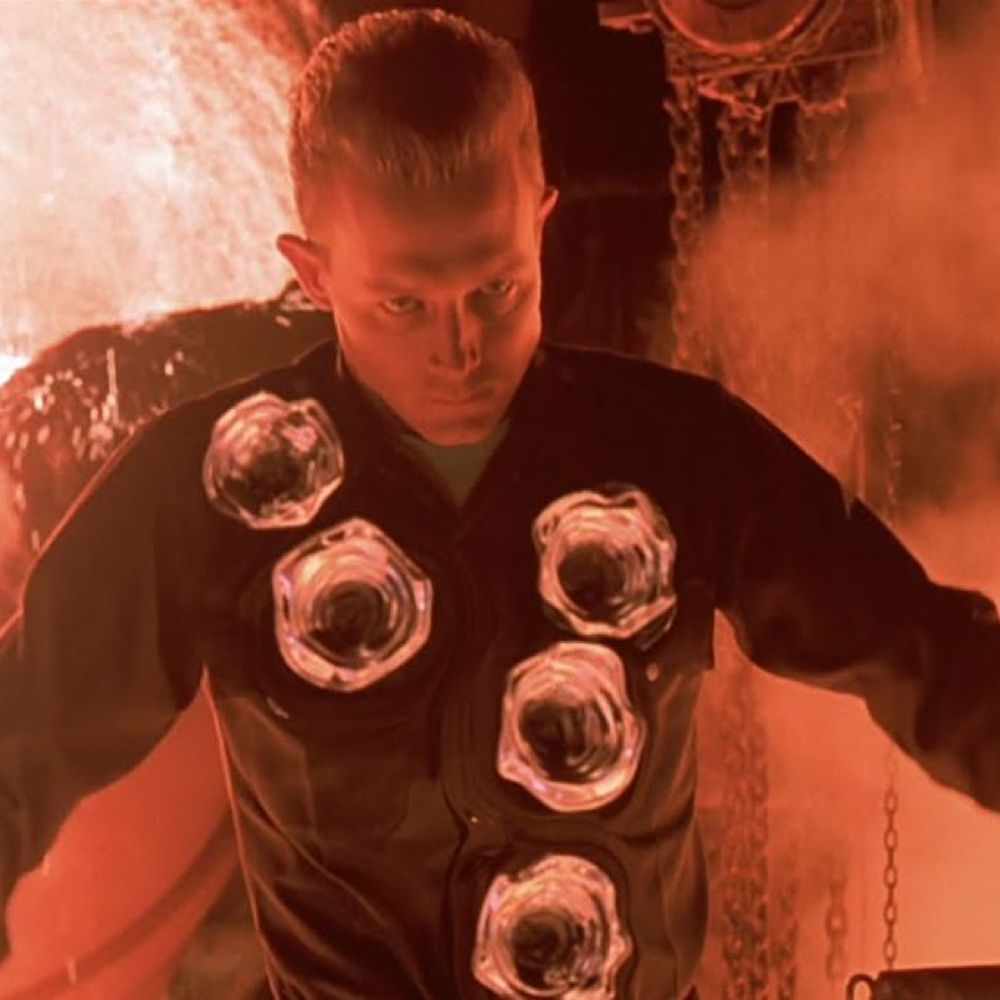
EMT T-1000: a plate reverb that will absolutely kill you
Conclusion
Whatever kind of music it is you make, there’s a good chance there’s room for plate reverb somewhere in your process. It’s worth having at least one decent plate emulation in your plugins folder — and there’s a good chance your DAW already offers one that will do the job.

